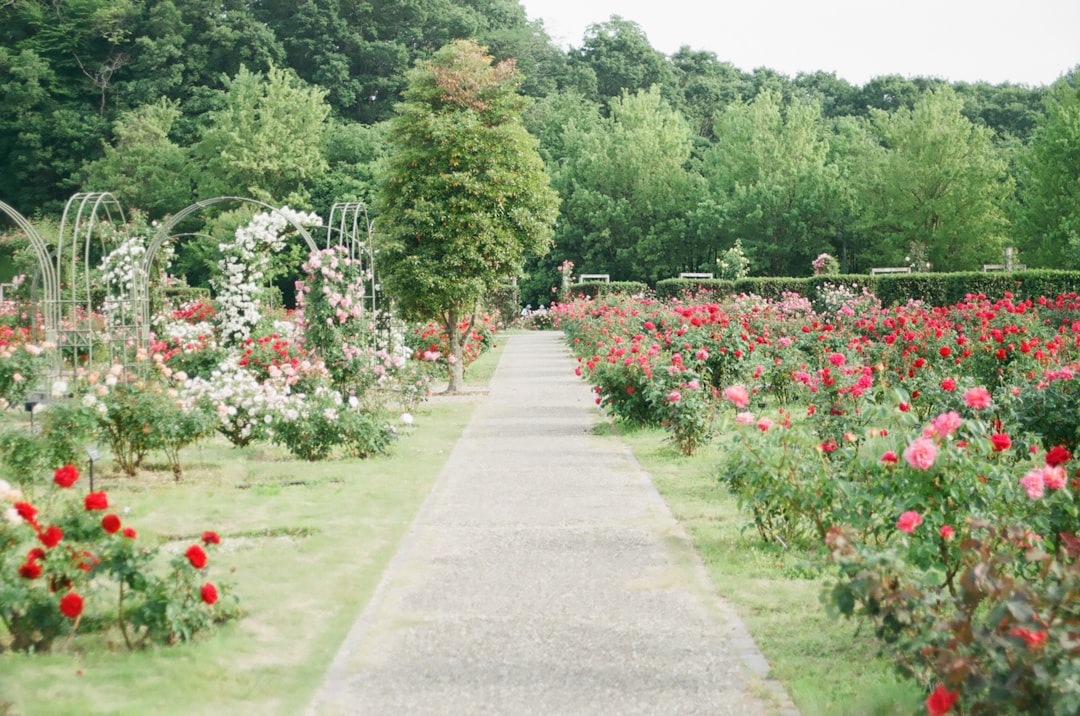When planting a garden, it’s easy to focus on the excitement of getting seeds or seedlings into the ground. However, one key factor often overlooked by beginners (and even seasoned gardeners) is plant spacing. Giving your plants enough room to grow is crucial for healthy development, maximizing yields, and avoiding common problems like disease or overcrowding.
In this blog post, we’ll dive into the importance of plant spacing, how to determine the right spacing for various plants, and practical tips to plan your garden layout effectively. Plus, we’ve included easy-to-follow spacing guides for popular vegetables, flowers, and herbs!
Why Plant Spacing Matters
Proper plant spacing is about more than aesthetics—it directly impacts your garden’s health and productivity. Here’s why it’s so important:
1. Access to Resources
Plants need sufficient space to access sunlight, water, and nutrients. Crowded plants compete for these essential resources, which can lead to stunted growth and lower yields.
2. Air Circulation
Good air circulation reduces the risk of fungal diseases and pests. Plants that are too close together create a humid environment, perfect for mold and mildew.
3. Root Development
Roots need room to spread and absorb nutrients effectively. Overcrowding can result in weak, underdeveloped root systems.
4. Easier Maintenance
Proper spacing makes it easier to weed, water, and harvest your garden without damaging nearby plants.
How to Determine Plant Spacing
Most seed packets and plant labels provide recommended spacing for the plant variety. However, these numbers might seem confusing if you’re new to gardening. Here’s how to interpret them:
- In-Row Spacing: The distance between plants in the same row.
- Row Spacing: The distance between rows of plants.
For example, lettuce might require 6 inches of in-row spacing and 12 inches of row spacing.
Spacing Guides for Common Plants
To help you get started, here are general spacing recommendations for popular plant categories. Always check specific seed packets or plant guides for detailed instructions.
Vegetables
- Tomatoes: 18–24 inches apart, with 36–48 inches between rows.
- Carrots: 2–3 inches apart, with 12 inches between rows.
- Cucumbers: 12 inches apart, with 36–48 inches between rows.
- Lettuce: 6–8 inches apart, with 12 inches between rows.
- Peppers: 12–18 inches apart, with 24–36 inches between rows.
Flowers
- Marigolds: 8–12 inches apart, with 12–16 inches between rows.
- Sunflowers: 12–18 inches apart, with 24–36 inches between rows.
- Zinnias: 6–12 inches apart, with 12–18 inches between rows.
Herbs
- Basil: 6–12 inches apart, with 12–18 inches between rows.
- Parsley: 6–8 inches apart, with 12 inches between rows.
- Cilantro: 6 inches apart, with 12 inches between rows.
Tips for Effective Plant Spacing
1. Use a Grid or Template
To ensure consistent spacing, use a planting grid or a homemade template. You can make one using cardboard or wood with evenly spaced holes.
2. Consider Companion Planting
Some plants grow better when paired with others. For example, planting carrots and onions together can save space and deter pests.
3. Thin Seedlings Early
If you’re planting seeds, thin seedlings once they sprout to ensure proper spacing. While it may seem wasteful, it’s essential for the remaining plants to thrive.
4. Account for Plant Size
Think about the mature size of your plants. Small seedlings may look fine when planted close together, but they’ll need more room as they grow.
5. Factor in Growing Methods
If you’re using vertical gardening techniques (e.g., trellises for tomatoes or cucumbers), you can reduce row spacing since plants grow upward rather than outward.
Spacing Challenges in Small Gardens
If you’re working with limited space, don’t worry! Here’s how to make the most of what you have:
- Choose Compact Varieties: Many plants, like cherry tomatoes or bush beans, have dwarf or compact varieties perfect for small spaces.
- Try Square Foot Gardening: Divide your garden into 1x1-foot sections and plant within those squares based on spacing guidelines.
- Go Vertical: Use trellises, stakes, or hanging baskets to maximize vertical space.
Signs of Overcrowding
If you’re unsure whether your plants are too close together, look for these signs:
- Stunted Growth: Plants aren’t reaching their full size or producing as expected.
- Yellowing Leaves: A common sign of nutrient deficiency caused by competition.
- Increased Pests or Diseases: Crowded plants create ideal conditions for problems to spread.
- Wilting or Poor Air Circulation: Plants seem damp or struggle to stand upright.
If you notice any of these issues, thin your plants or adjust spacing as needed.
Conclusion: Let Your Garden Breathe
Proper plant spacing is a cornerstone of successful gardening. By giving your plants the room they need to grow, you’ll set the stage for a healthier, more productive garden. Remember to refer to spacing guides, account for plant size, and embrace techniques like vertical gardening or square-foot planting for smaller spaces.
With thoughtful planning and a little patience, your garden will flourish, providing you with abundant harvests and beautiful blooms.
What’s your favorite trick for maximizing space in your garden? Share your tips and experiences in the comments below!

Comments
No comments yet. Be the first to comment!
You must be logged in to comment. Login